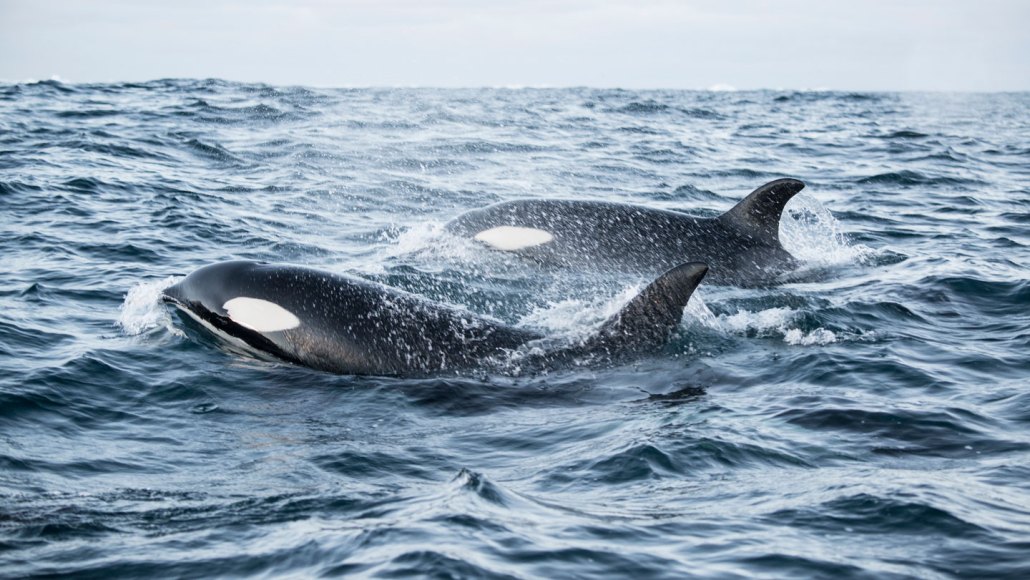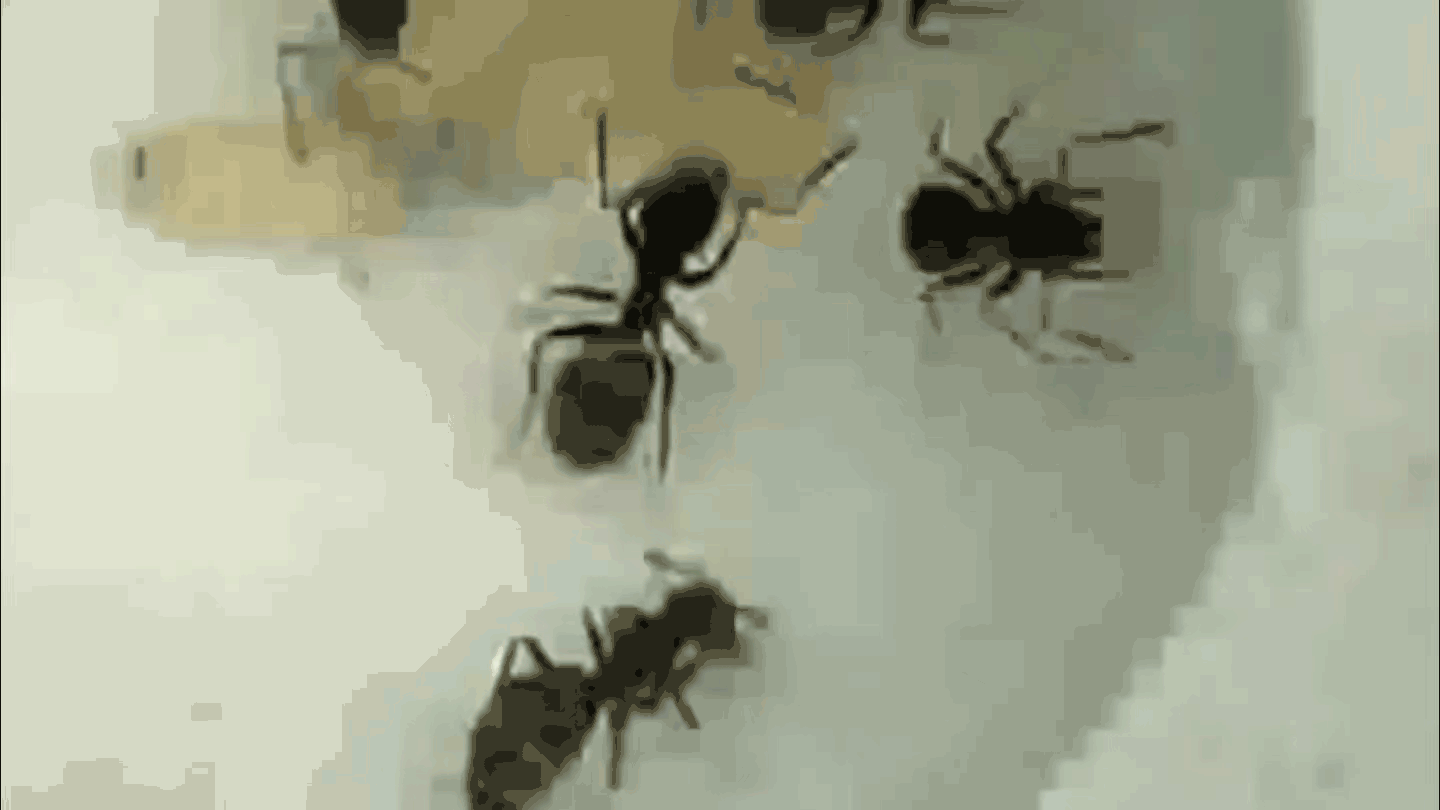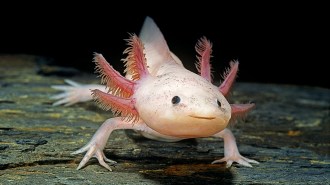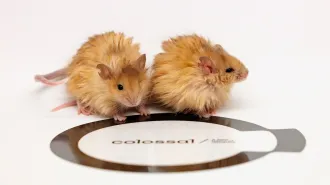
Hunting in pairs helps killer whales maximize on their bounty.
Gerard Soury/Getty Images
Grabbing a meal with a friend is way better than dining solo — and killer whales agree. The whales prefer to hunt for herring in pairs, researchers report July 3 in Current Biology. These cetaceans divide hunting tasks in a coordinated and cooperative manner, often with a long-term partner. This highly social feeding behavior highlights killer whales’ ability to maximize their hunting success through specialized skills.
Every winter, a huge number of herring (Clupea harengus) migrate to Norwegian waters to spawn, attracting pods of killer whales (Orcinus orca) eager for a feast. To catch these small and agile prey, the whales slap the herring with their tails to stun them and knock them out.
In the new study, zoologist and ecologist Paolo Domenici and colleagues followed 26 killer whales using camera-equipped drones.
Larger, probably older, killer whales tend to pair up with smaller, younger ones to hunt, the team found. As a duo prepares to attack, the larger whale — the striker — rotates its body toward its smaller partner — the helper — who stays, on average, about one-and-a-half body lengths away and acts as a barrier to fish trying to swim away. This formation helps the two maximize the catch, which they then share.
Based on previously recorded social interactions and genetic relatedness in the population, some of these pairs are probably close kin, says Domenici, of the Institute of Biophysics at the National Research Council in Pisa, Italy.
Cetacean ecologist Jared Towers, who was not involved in the study, says the new work is “an excellent example of noninvasive behavioral research on killer whales using drones.”
Scientists have suspected that killer whale populations often have specific hunting roles, but there has been little data to back that up, says Towers, director of the marine research organization Bay Cetology in Alert Bay, Canada. “This study really confirms that.”
Domenici’s team found that the striker and helper maintain a fairly precise geometry while hunting. During the tail slap, the two converge at a roughly 40-degree angle, on average, each with their body turned about 70 degrees relative to the other, forming a “V” that points to the bounty. The level of coordination resembles that seen in team sports, he says. “They have to be very well synchronized and very well positioned to score.”
Compared to hunting alone, which these killer whales do 25 percent of the time, coordinated hunts are more beneficial for the apex predators. “When they hunt in pairs, they stay in the feeding spot twice as long. So clearly, there is a lot more food,” Domenici says.
These killer whales hunt near the coastline and in very shallow waters, about 5 meters deep. But hunting near the coast carries certain risks. “That’s an area that may be subject to anthropogenic disturbances,” Domenici says. Understanding how these killer whales hunt when there is minimal interference could help scientists notice when disturbances, such as boats or other human activities, interfere with their feeding behavior, Domenici says. “We need to know what the regular behavior is in order to be able to protect [them].”






